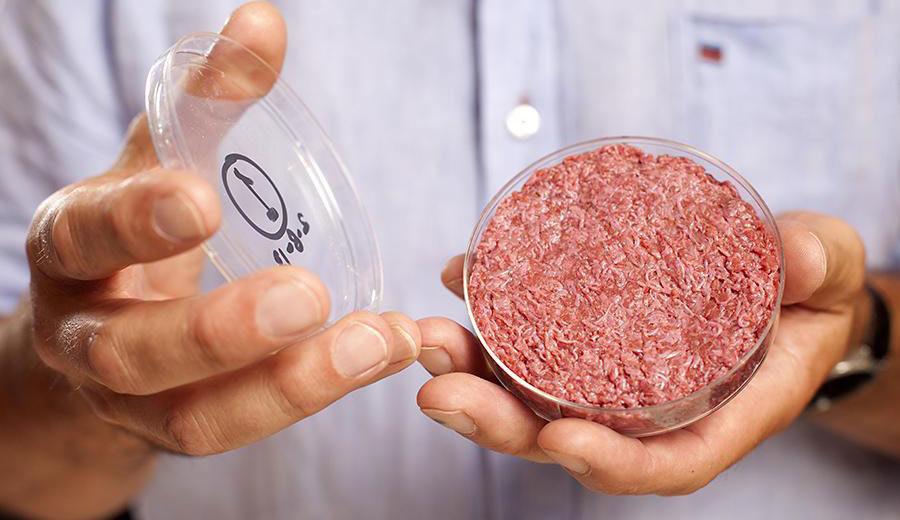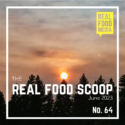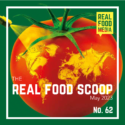by Anna Lappé, Earth Island Journal
The words “Food Out of Thin Air” were projected on a massive screen at the front of a grand hotel ballroom. The man at the podium, Pasi Vainikka, was pitching a new protein powder called Solein made with hydrogen as the energy source and CO2 as the carbon source. (Yes, food from air). Vainikka was speaking to a packed audience of investors and entrepreneurs at a food tech conference earlier this year in the center of the start-up universe — San Francisco. He was one of dozens that day promising investors they could feed the world, address the environmental impacts of processed foods, and make a huge return on investment all at the same time.
Sitting in the audience, I was struck by how many pitches and panels sounded like they had been copied from a Sunrise Movement activist’s notebook: “We need to turn our planet carbon neutral by mid-century!” declared one entrepreneur. “We have climate change! We need to feed 10 billion people! We need to make the most sustainable food ingredients,” proclaimed another. During a break, I chatted with a rep from a firm working on cellular agriculture whose motto is “Food without Fields.” He explained, it’s about “decoupling food from the ecosystem.”
The presumption behind many of these pronouncements is that the best way to protect ecosystems is to take farming out of them — and put food production in the lab. That’s a big presumption, and its implication is that there’s no cost-effective and ecologically sound way to keep the farm in the field. But evidence is showing that agriculture — when aligned with ecological principles — is key to solving our environmental crises, not exacerbating them. The idea that this decoupling will necessarily deliver eco-benefits ignores growing concerns about some of these new food technologies and discounts the proven benefits of sustainable practices.
What we know, based on the peer-reviewed literature and on-the-ground evidence, is that on-farm practices can provide a multitude of positives for ecosystems: from protecting pollinator populations to promoting soil health, from carbon sequestration to water filtration. While agriculture is one of the most significant drivers of land loss, deforestation, pollution, and greenhouse gas emissions, it doesn’t have to be. It’s the industrial model of production that pushes extractive farming — one reliant on fossil fuels, petrochemicals, monocultures — that’s driving environmental degradation.
Unfortunately, many of the tech “solutions” being hawked today, including many in that San Francisco ballroom, do little to get us away from such a model. For all its hype, for instance, the Impossible Burger — the non-meat burger that “bleeds” like the real thing — is a patty made with a genetically engineered protein (never tested for human consumption, mind you) and, since this year, produced with genetically engineered soybeans sprayed with an arsenal of herbicides and other chemicals. While Impossible Foods, the company behind the burger, likes to tout its water and energy savings compared with feedlot beef burgers, its product actually doesn’t move us away from industrialized food. Indeed, it creates a new market for commodities like GE soy, which is key part of our industrial food system.
There are other big concerns about the rush to embrace these new technologies. Investors assume consumers will happily flock to them — a sort of food-from-the-lab glorification that gaslights the long histories of food cultures as integral, indivisible elements of spiritual and religious traditions around the world. We need to consider, too, the vast amount of time and resources diverted to technologies that entrench us further in a fossil-fuel dependent food chain versus a liberated, regenerative one.
I’ll leave it to actor Jeff Goldblum, and his Jurassic Park character Ian Malcolm, to have the last word: “Your scientists were so preoccupied with whether they could, they didn’t stop to think if they should.”
Header photo by David Parry / PA Wire




